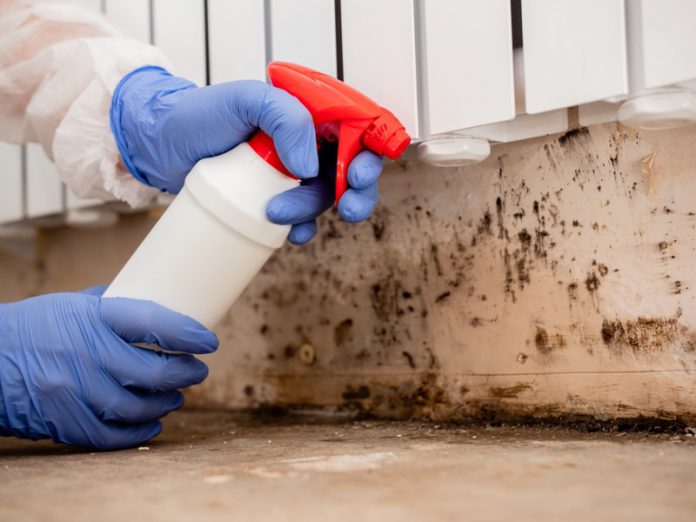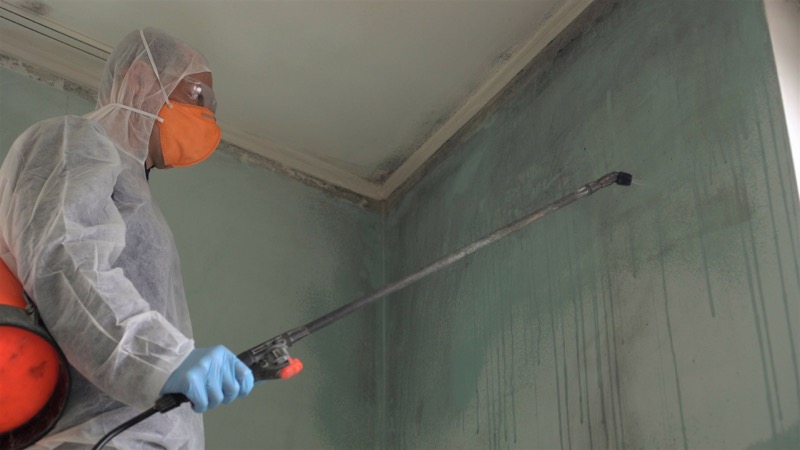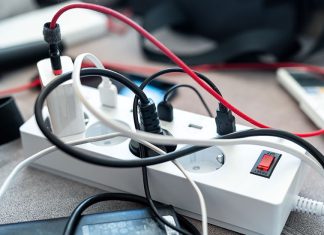
Molds can suddenly appear in any part of your home. This predominantly black fungus proliferates and develops from spores present in and out of your homes. For molds to develop, moisture should be present for these spores to attach to.
It’s safe to say moisture prevention is key to handling mold issues. Simply put, knowing how to keep your home dry helps keep mold issues at bay. With that in mind, check out these tips on how to tackle moisture and mold formation at home:
1. Understand How Molds Develop
Protecting your home from water damage is an essential responsibility to ensure your property remains in good shape. One way to prevent water damage is to minimize moisture and molds inside the home. Unfortunately, there are everyday activities that may encourage moisture retention. Here’s what you need to keep an eye on:
- Showering
- Washing clothes and hanging damp clothes indoors
- Busted exhaust fan
- Plumbing problems (i.e., leaky pipes)
- Condensation on windows, floors, and other surfaces
- Flooding
- Water seeping in due to structural problems
- Poor ventilation
Knowing how mold develops helps you become more conscious of which areas to properly dry and clean.
2. Learn How To Spot Molds
Molds can grow virtually anywhere in your home—in between walls, books, walls, ceilings, and in window frames. But molds are most commonly found in areas where it’s constantly damp, such as your bathroom, and sections that have been affected by water damage.
Apart from the visible marks, mold growth can manifest in areas with excessive moisture or condensation. This fungus may first appear through discoloration in affected surfaces, as well as a musty smell. As mold can begin to form within 48 hours, swift water mitigation is critical, according to this article from Water Damage Mentor. Any visible mold must be removed right away.
3. Get Rid Of Mold
Once you identify areas in your home that have mold, you should inspect the extent of the damage to decide how to clean it out. Typically, small to moderate mold growth can be handled at home using protective gear and cleaning materials.
A small area could measure up to one square meter, while moderate growth is often described as affected areas that measure less than three square meters. Large mold infestation impacts a growth area of over three square meters.
These areas ideally must not have severe patches of mold within them. Several sections of mold in extensive areas of your home can be a sign of a serious problem and would need professional intervention. So is the presence of pink mold, which is actually not a mold but a type of bacteria than can cause health problems such as respiratory issues and allergies.
For small to moderate mold growth, get ready with your mask, gloves, and goggles, as well as a cleaning solution and scrubbing pad. Materials affected by mold—for instance, wallpapers—should be removed and safely disposed of.
Washable surfaces and walls should be scrubbed with a damp cloth or sponge soaked in baking soda or warm, soapy water. Keep water contact to a minimum, as excessive water can add moisture. Don’t be tempted to cover the problem with a fresh coat of paint, as it won’t solve it.
As a precautionary measure, ask your family members—especially young children, the elderly, or those suffering from respiratory issues and allergies—to stay outdoors while the cleanup is going on.
4. Prevent Moisture Problems
Because spores are found floating in the air similar to dust, it’s highly challenging to get rid of them. Apart from minimizing moisture formation, any source of water problem should be addressed so mold doesn’t recur and cause serious respiratory problems.
In addition, you can do the following to keep moisture to a minimum:
- Ensure that your fixtures like drains and pipes direct water away from the property.
- Keep your roof in great shape and have it checked at least once a year.
- Remove dried leaves and other debris from your gutters and downspouts.
- Fix plumbing issues as soon as possible, ideally with the help of a professional.
- Avoid drying your clothes indoors.
- Use intake and exhaust fans to promote proper ventilation.
- Immediately wipe wet areas in the kitchen and bathroom areas.
- In the event of floods, perform visual checks immediately after the water has subsided and there are no dangerous wires exposed.
- Consider having air humidifiers and air conditioners that can help prevent mold growth.
- Install insulators in the attic, on walls, and windows, to reduce condensation.
Takeaway
When it comes to combating mold, the most important principle to remember is to minimize moisture. Even without black spots or any physical manifestations, mold can still grow within the hidden sections of your home. Take note of other signs such as discoloration and offensive smells too.
Proper home maintenance and or do-it-yourself checks must be done on your property at least once a year. Left unaddressed, molds could lead to costly repairs and serious health problems.













